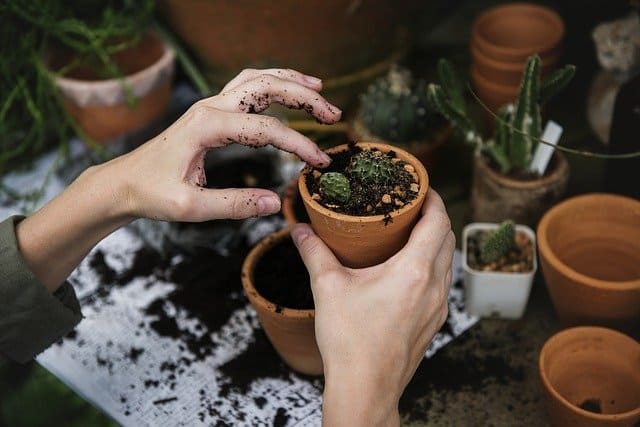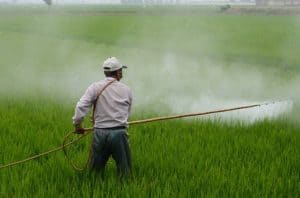
Indoor gardening is becoming increasingly popular, especially in urban areas where outdoor space is limited.
Having an indoor garden in your home should be essential, there are so many reasons for that, which we will get into later.
Having greenery in your home helps elevate your mood as they help lighten up your living space – making it a more comfortable environment for you and your guests.
They’re an ideal choice for those who do not have much outdoor space, they can be built as little or large as you like.
So if you’re interested in starting up your own indoor garden journey then our guide will cover all the basics you need to get going.
Table of Contents
What is an indoor garden?
An indoor garden is simply an artificial space that is used to grow plants indoors by creating an environment suitable for the plants that you intend to grow.
It’s often used by people who lack outdoor space but it’s also useful for those who are wanting to cultivate fresh produce with control over the environment.
Often they are created to give a more natural feel to an enclosed space, this is why restaurants often opt to have plants throughout to create a more relaxing environment.
They even use them to grow the ingredients required for the meals they cook.
Also, growing plants indoors gives greater control of the environment, allowing for more exotic plants to be grown that wouldn’t be able to survive outdoors.
What is an indoor garden room called?
They don’t have an official name, they are simply just indoor garden rooms as any room can be set up to be home to your new plants.
However, people often use conservatories to grow indoor plants as these are essentially greenhouses connected to your home so these are sometimes referred to as indoor garden rooms.
Conservatories
These not only make for an ideal indoor garden, but they also tend to add value to your property.
Benefits of Indoor Gardening
It’s not just satisfaction that you get from growing indoors, but there are many benefits that come along with it that will have a positive impact on your life.
Air Quality
Plants are the Earth’s natural air cleansers, hence why there is such an uproar about deforestation at the moment.
Growing them in your home, they will naturally help make your room a more oxygen-rich environment.
By taking the toxins and carbon dioxide out of the air, they then convert that into oxygen and are an essential part of the circle of life.
But not only that, the soil actually plays a part too and will help absorb toxins from the air, such as:
- Formaldehyde – Found in plywood, glues, carpets, walls
- Benzene – Found in oils, detergents, exhaust fumes, and cigarette smoke
- Trichloroethylene – Found in carpet shampoos, paints, and adhesives
Chemicals like these are used throughout the average home but exhaust fumes are one of the main issues for city dwellers and indoor gardens are an ideal way of combating this problem.
We put together a list of which we think are the best indoor plants for air purification and removing toxins.
https://www.youtube.com/watch?v=lPNYdSZRSdg
Fresh Ingredients
There’s nothing fresher (and more satisfying!) than growing your own food to use in a recipe.
Gone are the days of finding that the herbs you bought from the shop are now moldy and soggy, you’ve got your own fresh bunch to pick from.
Herbs are a common choice as these don’t tend to do well outside in colder environments.
But you can also grow any other fruit or vegetable as long as you have the appropriate space.
This is also much easier on your pocket, you only have to harvest what you need at the time.
This allows your produce to stay fresh longer by leaving it in the soil until you need it.
Pesticide Free
Often store-bought product is covered in pesticides that you can’t see, this is done to protect them from insects but probably doesn’t have the best impact on our health.
They are also often irradiated to extend their sell-by date, fortunately, you will not need to do this.
As you’ll be caring for your plants from start to finish you have full control of what you do and don’t feed them – giving you truly organic food and should help give a massive boost to your health and immune system.
What Do I Need To Start My Indoor Garden?
Dependant on what your end goals are, there’s many different things you can get.
However, the absolute essentials for any beginner to get their garden going is just 5 simple things:
- Soil – This is where you plants will get food and nutrients through their roots.
- Pots – Essentially the base for your plant, it will hold everything together.
- Water – You can use a cup for this, just ensure you keep the soil moist.
- Seeds – Each plant has different needs, an easy beginner plant to get going is garden cress.
- Light – This will vary depending on the plant, a window could suffice but for larger grows you will need indoor lighting.
But, if you want to make it even simpler then check out our reviews on the best smart herb gardens.



